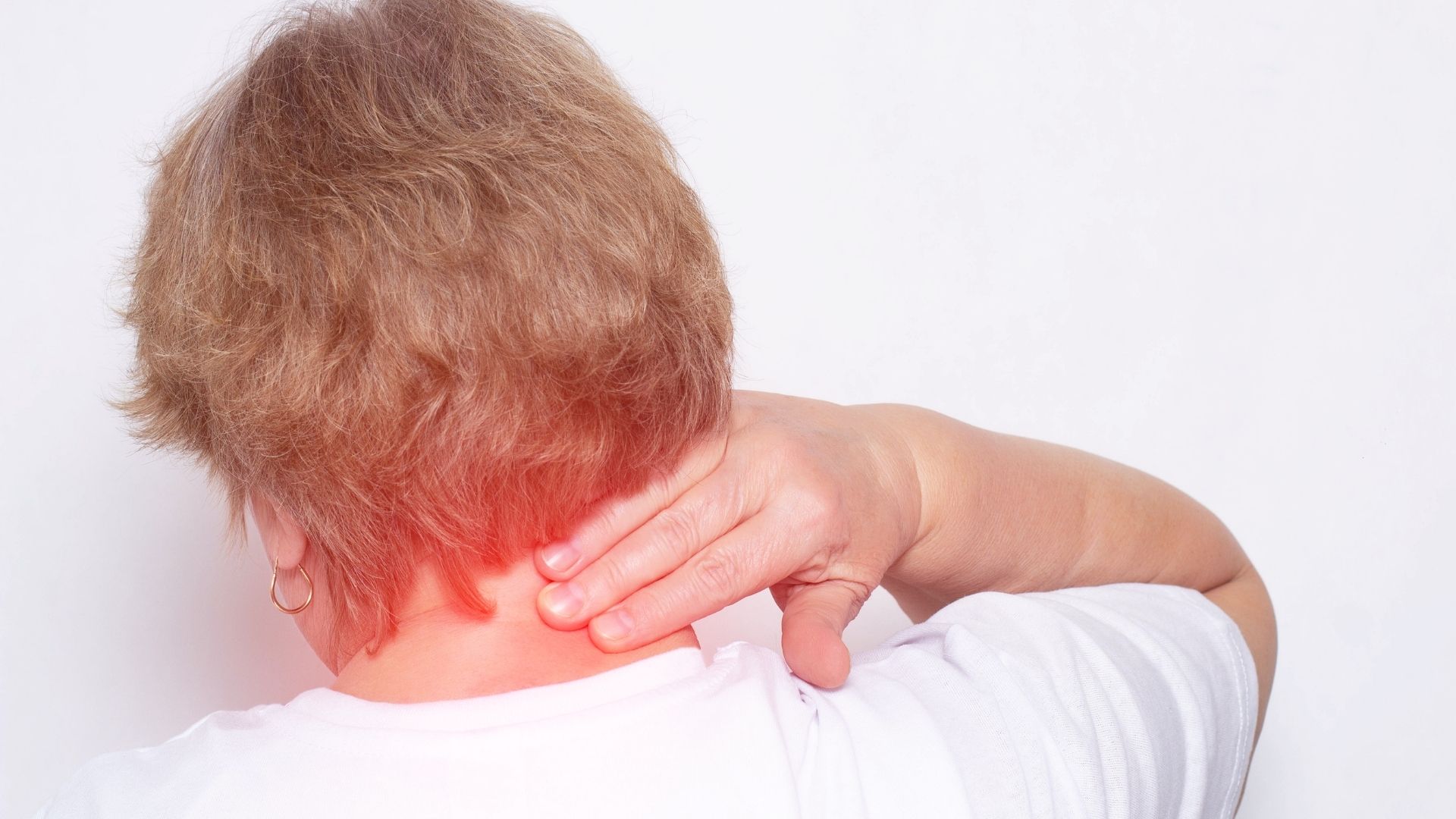What is cervical disc herniation?
Cervical disc herniation is a condition that occurs as a result of damage to the discs that are part of the spinal structure. The spine consists of 33 bones called vertebrae, and the discs between these vertebrae protect the spine and allow us to move at the same time. These discs contain a durable outer layer (annulus fibrosus) and a jelly-like center (nucleus pulposus).
Cervical herniated discs usually occur in people between the ages of 20 and 40 and can be caused by a variety of reasons. These include heavy lifting, sudden and incorrect movements, accidents, the aging process and posture disorders. Also at risk are those who sit at a desk or computer for long periods of time, those who bend their necks by using their cell phones incorrectly, and those who strain their necks by staring at a screen for long periods of time.
Causes of Neck Hernia
The causes of a cervical hernia can be the following:
Disc Damage: Discs age over time and can lose the water content in their center. This can lead to the discs not being able to perform their cushioning function properly.
Disc Rupture: The outer layer of the discs can tear as a result of incorrect or inverted movements, weight lifting or trauma. This tear can cause the nucleus pulposus, the jelly-like tissue inside, to protrude.
Compression and Nerve Pressure: The protrusion of the discs can put pressure on the surrounding nerves and spinal cord. This can cause various complaints such as neck pain, back pain, shoulder pain and numbness in the arms.
Neck Hernia Symptoms
Symptoms of a cervical disc herniation can be as follows:
Neck Pain: The most common symptom is neck pain. It can spread from the back of the neck to the temples of the head.
Back, Arm and Shoulder Pain: Pain can radiate to the back, shoulder blades, shoulders and arms.
Numbness and Tingling: A herniated disc can press on nerves, causing numbness and tingling in the arms and fingers.
Loss of Strength: Pressure on the nerves can lead to loss of muscle strength.
Sensory Loss: Loss of sensation may occur due to a herniated disc.
Electricity: Some patients may experience an electric sensation.
Reflex Weakness: Weakening of reflexes may be observed.
Thinning of the arm: Severe herniated discs can cause thinning of the muscles.
Problems in the Feet: Rarely, a herniated disc can put pressure on the spinal cord and cause problems in the legs, which can include numbness in the feet or incontinence of urine and feces.
Diagnosis of Neck Hernia
The diagnosis of a cervical herniated disc requires an examination by a doctor. The examination will try to determine the type and location of the pain, as well as checking muscle strength, sensory loss and reflexes.
Your doctor may use imaging methods such as X-rays, magnetic resonance imaging (MRI) and computed tomography (CT) to confirm the diagnosis. X-rays can show the bone spurs that form as the spine wears down and the narrowing of the disc spaces, but they cannot show herniated discs or the nerves that exit the spinal cord.
MRI can clearly show the compression of the nerves and spinal cord by the herniated disc. Tests such as electromyography (EMG) and tomography (CT) can also be used.
Neck Hernia Treatment Methods
Treatment for a cervical hernia can vary depending on the patient’s symptoms and condition. Non-surgical treatment options may include:
Rest: It may be helpful to rest for a short time when symptoms start.
Cervical collar: Wearing a cervical collar can help the neck muscles to rest.
Medication: Your doctor may recommend painkillers, anti-inflammatory drugs and muscle relaxants to control pain and inflammation.
Physical Therapy: Physical therapy can help strengthen the neck muscles and improve flexibility.
Exercise: Doing specific exercises recommended by the doctor or physical therapist can help recovery.
Spinal Injections: In some cases, your doctor may recommend epidural steroid injections to reduce nerve irritation.
In cases that require surgical treatment, a procedure called discectomy is performed. During this procedure, the herniated disc or the compressing part is removed. The surgery can be performed from the front or back of the spine, and sometimes a fusion procedure may also be required.
Cervical herniated discs can occur for many different reasons and the symptoms can vary from person to person. Treatment options vary depending on the patient’s condition and non-surgical methods are usually the first choice. It is important for patients to collaborate with their doctor to determine the most appropriate treatment plan.



